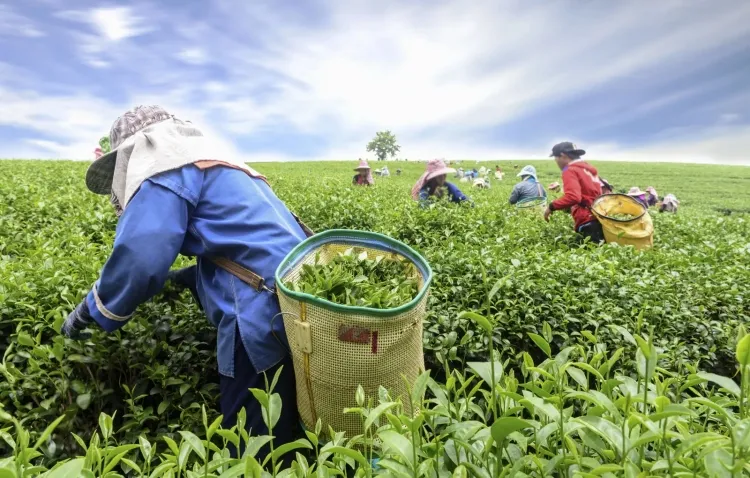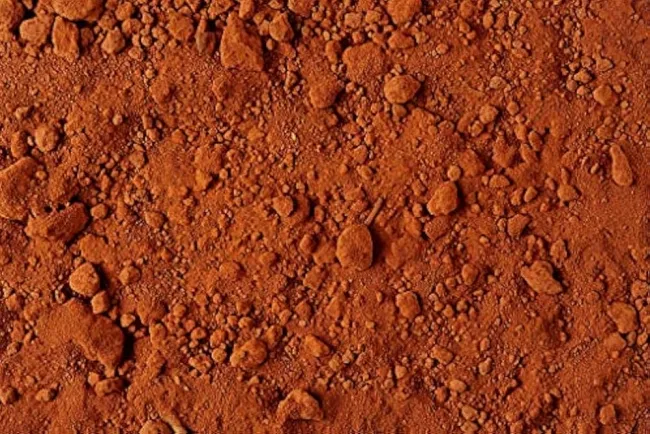From Black to Herbal: Exploring the Versatility of Tea...!!!
Tea is a versatile and beloved beverage that offers a wide range of flavors and health benefits. Its rich history, diverse types, and cultural significance make it an integral part of many societies. Whether you prefer a robust black tea, a delicate white tea, or a soothing herbal infusion, there is a tea for every palate and occasion.

Tea is a cherished beverage enjoyed by millions around the world, offering a diverse array of flavors and styles. Whether savored hot or cold, tea boasts a rich history and cultural significance in numerous societies.
History of Tea
Tea's origins can be traced back to ancient China, around 2737 BCE, when Emperor Shen Nong discovered tea after leaves from a wild tree accidentally blew into his boiling water. This serendipitous event marked the beginning of tea's long and illustrious history. Over the centuries, tea spread from China to other parts of Asia, including Japan and India, and eventually reached Europe and the Americas.
Types of Tea
Tea is derived from the Camellia sinensis plant, and variations in flavor, aroma, and appearance result from different processing methods. The primary types of tea include:
-
Green Tea:
-
Processing: Made from unoxidized leaves, green tea is one of the least processed types, retaining most of its natural green color and antioxidants.
-
Flavor: Fresh, grassy, and slightly astringent.
-
Health Benefits: Rich in antioxidants, green tea is known for its potential health benefits, including improved brain function, fat loss, and reduced risk of certain cancers.
-
Popular Varieties: Sencha (Japan), Dragon Well (China), and Matcha (Japan).
-
-
Black Tea:
-
Processing: Fully oxidized, black tea has a dark color and robust flavor.
-
Flavor: Strong and bold with varying notes of malt, citrus, and spice.
-
Health Benefits: Contains antioxidants and may help improve heart health, reduce cholesterol levels, and boost mental alertness.
-
Popular Varieties: Assam (India), Darjeeling (India), and Earl Grey (blended with bergamot oil).
-
-
Oolong Tea:
-
Processing: Partially oxidized, oolong tea falls between green and black tea in terms of oxidation and flavor.
-
Flavor: Complex, ranging from floral and fruity to woody and toasty.
-
Health Benefits: Believed to aid in weight management, improve digestion, and reduce stress.
-
Popular Varieties: Tie Guan Yin (China) and Dong Ding (Taiwan).
-
-
White Tea:
-
Processing: The least processed, made from young tea leaves and buds that are simply withered and dried.
-
Flavor: Delicate, subtle, and slightly sweet.
-
Health Benefits: High in antioxidants and may promote healthy skin, reduce the risk of heart disease, and support weight loss.
-
Popular Varieties: Bai Mudan (China) and Silver Needle (China).
-
-
Pu-erh Tea:
-
Processing: A fermented tea, traditionally aged for several years to develop its unique flavor.
-
Flavor: Rich, earthy, and sometimes slightly sweet.
-
Health Benefits: Believed to aid digestion, improve cholesterol levels, and support weight management.
-
Popular Varieties: Raw Pu-erh (Sheng) and Ripe Pu-erh (Shou).
-
-
Herbal Tea (Tisanes):
-
Processing: Made from a variety of plants, herbs, flowers, and fruits, but does not contain Camellia sinensis.
-
Flavor: Wide range of flavors, from fruity and floral to spicy and minty.
-
Health Benefits: Vary based on ingredients. For example, chamomile tea may promote relaxation, while peppermint tea can aid digestion.
-
Popular Varieties: Chamomile, Peppermint, and Rooibos.
-

Brewing Techniques
The key to enjoying the perfect cup of tea lies in the brewing process. Here are some tips for brewing different types of tea:
-
Green Tea: Use water around 80°C (176°F) and steep for 2-3 minutes.
-
Black Tea: Use boiling water (100°C or 212°F) and steep for 3-5 minutes.
-
Oolong Tea: Use water around 90°C (194°F) and steep for 3-5 minutes.
-
White Tea: Use water around 75°C (167°F) and steep for 4-5 minutes.
-
Pu-erh Tea: Use boiling water (100°C or 212°F) and steep for 3-5 minutes.
-
Herbal Tea: Use boiling water (100°C or 212°F) and steep for 5-7 minutes.
Cultural Significance
Tea holds cultural significance in various parts of the world:
-
China: Tea culture in China is steeped in tradition, with tea ceremonies reflecting the art and philosophy of tea drinking.
-
Japan: The Japanese tea ceremony, or "Chanoyu," is a spiritual and meditative practice focusing on the preparation and presentation of matcha.
-
India: Tea, known as "chai," is a popular beverage in India, often brewed with spices like cardamom, ginger, and cinnamon.
-
United Kingdom: "Afternoon tea" is a cherished British tradition, featuring a light meal of sandwiches, scones, and pastries served with tea.
Tea is a versatile and beloved beverage that offers a wide range of flavors and health benefits. Its rich history, diverse types, and cultural significance make it an integral part of many societies. Whether you prefer a robust black tea, a delicate white tea, or a soothing herbal infusion, there is a tea for every palate and occasion.
What's Your Reaction?

















